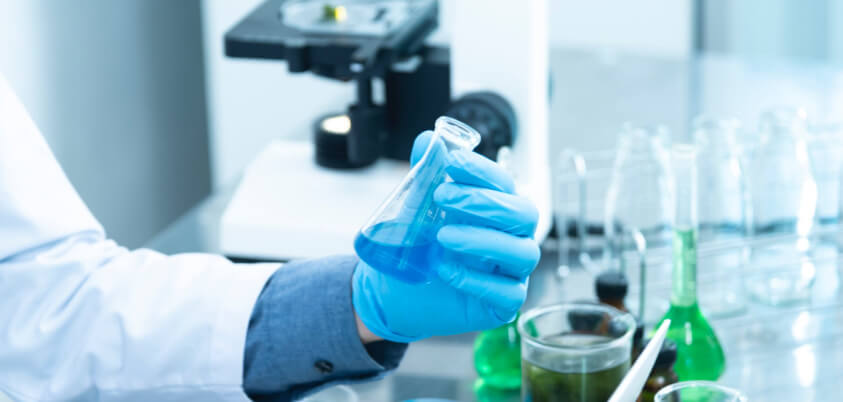Overview
It was important to our team that we considered all technical, safety, ethical and socio-cultural concerns regarding implementation. To ensure this was achieved, our team decided to implement a two-phase project.
In Phase I, our team worked with the model organism, E. Coli, to solidify the foundations of our design. Phase II , will see this knowledge expanded in hardware design phase, when we apply these systems to real world by designing a bioreactor device.
Throughout our project, our journey has been entirely realistic, and it was no different for proposed implementation. When considering implementation, going back to our stakeholders and experts helped us close the loop, and ensured that the ethical, technical, safety and communication decisions we made were informed by their needs.

Integrate stakeholders and experts advice
With the help of stakeholders, we communicated with the community and discussed the issue of sewage treatment. We fully combine the suggestions and needs of stakeholders, and determine the positioning of the product on the premise of understanding the market as a whole.
In addition, we have consulted with experts and scholars from the environmental sciences, life sciences, and industry so that our projects can actually be implemented. We also reflected on safety and socio-cultural concerns.
Please refer to integrated human practices for detailed information.

Demonstrate the feasibility of biofilm adsorption effect
We have to firstly verify that our design can make effects so as to envision others using our product. we modified E. coli biofilms to adsorb heavy metal ions in sewage. Modeling guides cells and carriers input for actual wastewater treatment to satisfy the effluent discharge standard.
Please refer to proof of concept for detailed information.
Resolve the disconnect between science and society
We designed a hardware prototype that integrates experimental and modeling results. The water purification improvement process can be intuitively delivered through hardware design.
We planned to utilize our product to replace the ion exchange or chemical precipitation method in the electronic factories. Our product will not introduce other harmful chemicals into the water. As a result, we could use this biological method for refined adsorption.

Why our hardware could be implemented in the real world:
- Market positioning: We determine the market positioning and market value of the product according to the concentration of metal ions in the water sample provided by the factory and the adsorption data from experiment.Then we made a device based on these real world data.
- Environmentally friendly materials: The device model consists of shell and sensing system; MBBR carrier; membrane module; the shell is made of environmentally friendly material polylactic acid.
- Improvement of existing bioreactors: The MBBR carriers grow the biofilm of our modified pure-breed engineering bacteria, which can cooperated with the membrane module for filtering the sewage treated by engineering bacteria.
Please refer to hardware for detailed information.

Challenges and biosafety Concerns
When considering implementation, we also need to ensure that the safety and ethical concerns are fully considered. We consulted the Executive Vice President of Jiangxi Eco-Dao Environmental Technology Development Cooperation.
During the interview, she showed a high level of appreciation for our products and thought our ideas were innovative and had practical application possibilities.
However, the following aspects should be taken into account:
- Ecological niche: Whether engineered bacteria have an ecological niche in the natural environment.
- Industrial practical use: whether our gene-edited engineered bacteria could survive in a natural environment. For one thing, the plasmids are easily lost and the effect is lost; for another, the plasmids may drift to other microorganisms so that some environmentally uncontrollable mutations can occur. The genetically engineered bacteria may either not adapt to the natural ecology, or dominate the original ecosystem.
In response to these problems, we have also thought about solutions and even compiled a handbook for reference.


 Best Environment Nomination!!
Best Environment Nomination!!



